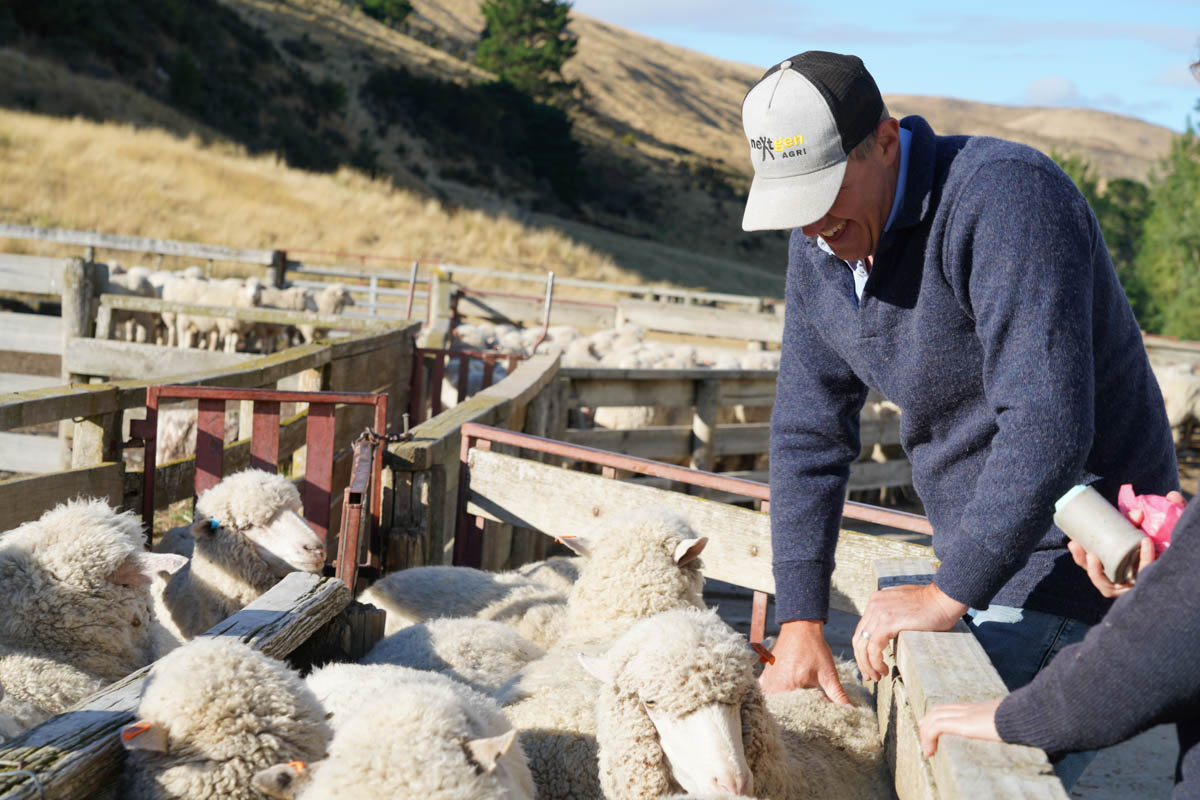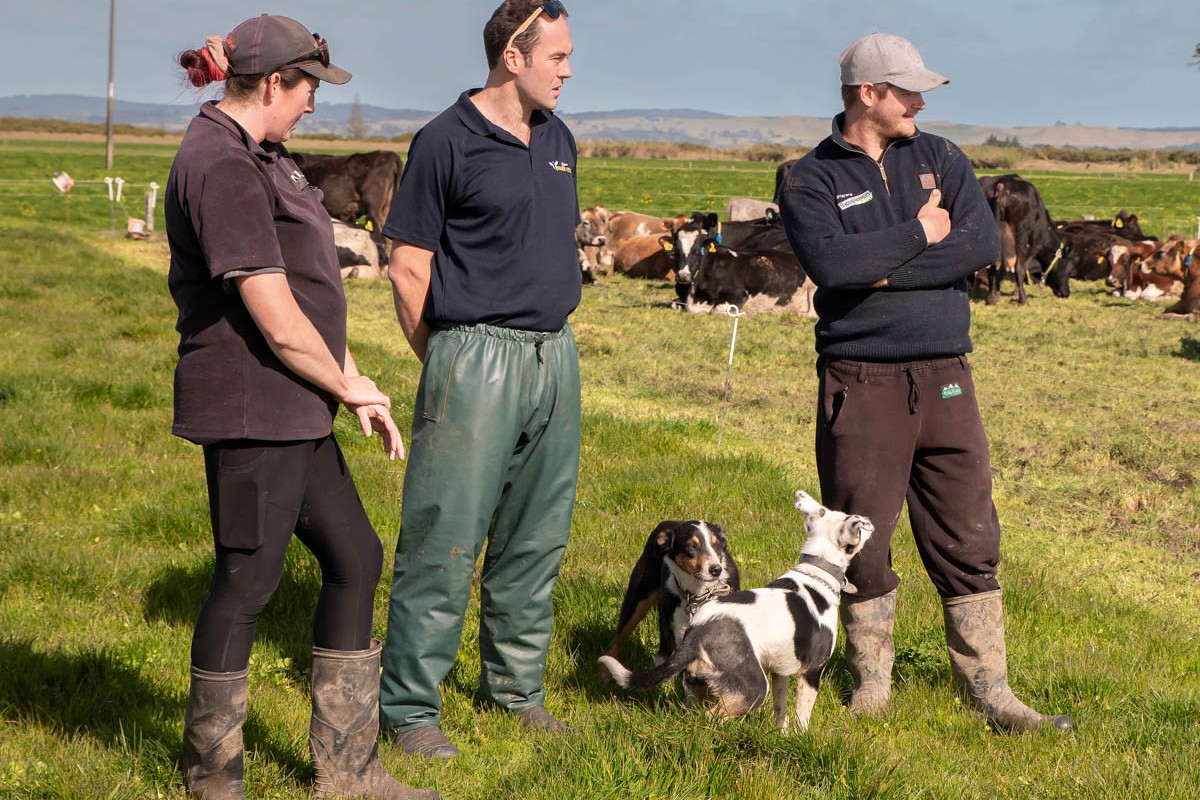Even though New Zealand sheep and cattle are mostly farmed on pasture, there’s a wide range of alternative feeds available. Choices of when and how to use these feeds depend on needs, mainly if and when pasture is limiting. Factors such as nutritional value, availability and cost are important, as are practical aspects of preparation and feeding. Decisions by farmers in most cases have evolved over the years but often merit review, ideally after a chat with colleagues or consultants.
The information given here is to inform and stimulate review of feeding options for your sheep and cattle. Remembering the final makeup of rations, even though based on science, is not an exact science in itself. This is because there’s a whole host of variables due to environmental conditions, and often other random influences, that impact on the amount of feed needed. So there’s an element of judgement. In most cases, trial and error over the years and in-built ‘gut feeling’ that most farmers possess, provide the ability to cope.
Forage crops
Some commonly used feed supplements are the forage crops listed in the fifth section of Table 1. Naturally there is a cost of establishment but often this fits with rotations or pasture improvement programmes. There are many options for when and how to efficiently feed these crops to sheep and cattle.
The following example of feeding a forage crop of rape to cattle can be the basis of calculations for other crops. In this example, a rape crop yielding 5000kg of dry-matter (DM)/ha has an energy content of 12 megajoules (MJME)/kg of DM.
For a mob of 75 cows, averaging 400kg liveweight, and at maintenance level of feeding:
- Energy requirement = 55 MJME/head/day (from feeding tables)
- So require 55/12 = 4.6kg DM/head/day
- Amount of DM/sq m is 5000/10,000 = 0.5kg DM/sq m
- So each day require 4.6/0.5 = 9.2 m2/ head/day
- For 75 cows need 75 x 9.2 = 690 m2/day
- Example daily fence shift for a 100m wide paddock = 6.9m
Naturally a wastage factor needs to be built in as utilisation will not be 100%. Trampling and spoilage ranges from 5–15%, so correction of the above calculation for 10% wastage would mean correcting the daily fence shift 10% by increasing it from 6.9m to 7.6m. Another way of allowing for wastage would be for the cows to have access to a ‘green pick’ in a run-off paddock.
Hay or silage Relatively simple calculations to determine the weight of feed required can be estimated according to energy content from Table 1. Both good quality hay and silage have relative ME values just below that of good pasture at 0.8 (8.4 MJME/kg/DM) and 0.9 (9.5 MJ ME/kg DM) respectively. This means weights of DM for maintenance or production need to be 20% higher for hay and 10% for silage than on good quality pasture. What follows is an example calculation for maintenance feeding of 75 cows, as in the example above, if they are fed hay or silage instead of rape. Assuming the cows are on paddocks with existing average-quality
- Energy requirement = 55 MJME/head/day (from feeding tables)
- Half from pasture so require 28 MJME/ head/day from supplement
- For hay, 28/8.4 = 3.3kg DM – @ 85% DM yield = 3.3/0.85 = 3.9 kg hay/head/day
- For silage, 28/9.5 = 2.9kg DM – @ 20% DM yield = 2.9/0.2 = 14.5kg silage/head/ day
- Total daily feed for each is 3.9 x 75 = 292kg hay, or 14.5 x 75 = 1087kg silage
Cereal grains Cereal grains including oats, barley, wheat or maize have long been used on farms to supplement pasture shortages for sheep and cattle. Given that grain feeding is more expensive and labour consuming than pasture or forage crops, cereal grain has generally been limited to seasonal supplementation.
If used more extensively, at the extreme as a whole ration in the paddock or on feedlots, care needs to be taken to avoid digestive upsets such as acidosis or grain poisoning, which can cause animal deaths. As well, grain diets need to be supplemented with protein and mineral-vitamin mixes if they comprise more than 80% of the animal’s diet. Cereal grains are essentially a high-energy ration.
Working out the amount of grain needed as a supplement for grazing sheep or cattle is relatively easy. Feed tables giving the daily amount of metabolisable energy (ME) needed for maintenance or production can be used to work out proportional amounts of grain and pasture.
Using energy and protein contents of cereal grains in Table 1, a worked example is based on daily maintenance needs for a 60kg ewe at 12 MJME. If this is split 50:50 between available leafy summer pasture with an MJME/kg DM (M/D) value of 10.3, and in this case feed barley with an M/D of 12.5, relative amounts of each to supply 6 MJME would be 0.58kg (6/10.3) and 0.48kg (6/12.5) for pasture and barley respectively.
For practical purposes the amount of grain fed daily for 100 ewes would need to be 48kg with a subjective estimate of pasture levels remaining relatively constant at about 3–5cm length or slightly over 1200kg pasture DM/ha.
The crunch question will naturally be the economics of such an option compared with alternatives such as crops, hay or silage. If other options are considered, then quantities to be fed can be worked out as shown in the other examples above. It’s a useful, and indeed essential, exercise in relation to availability, cost and practicality of the various feed options.





